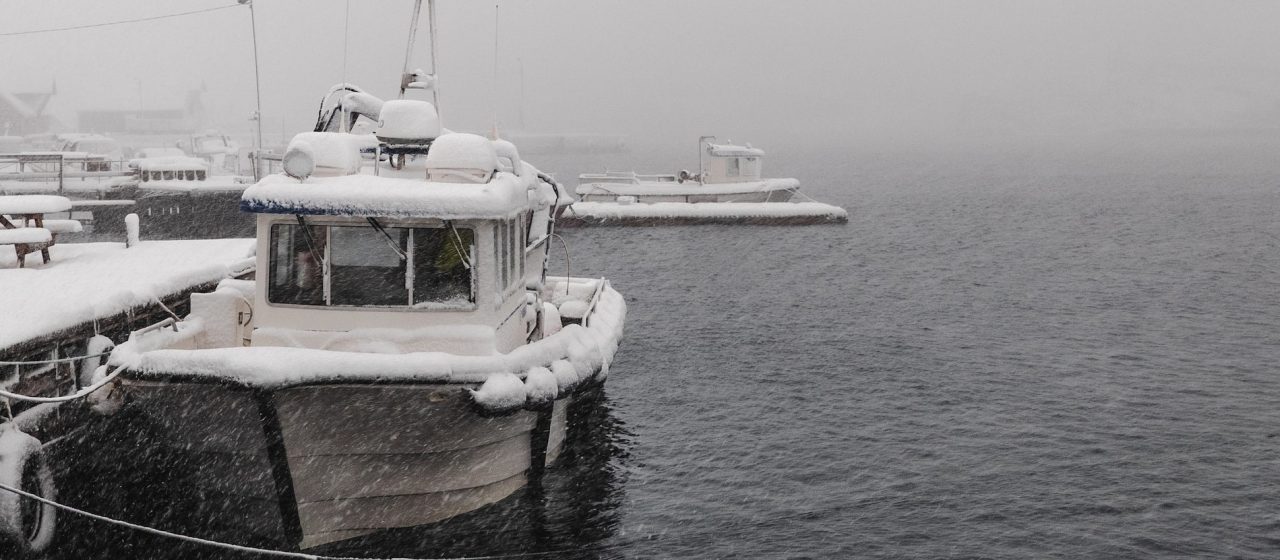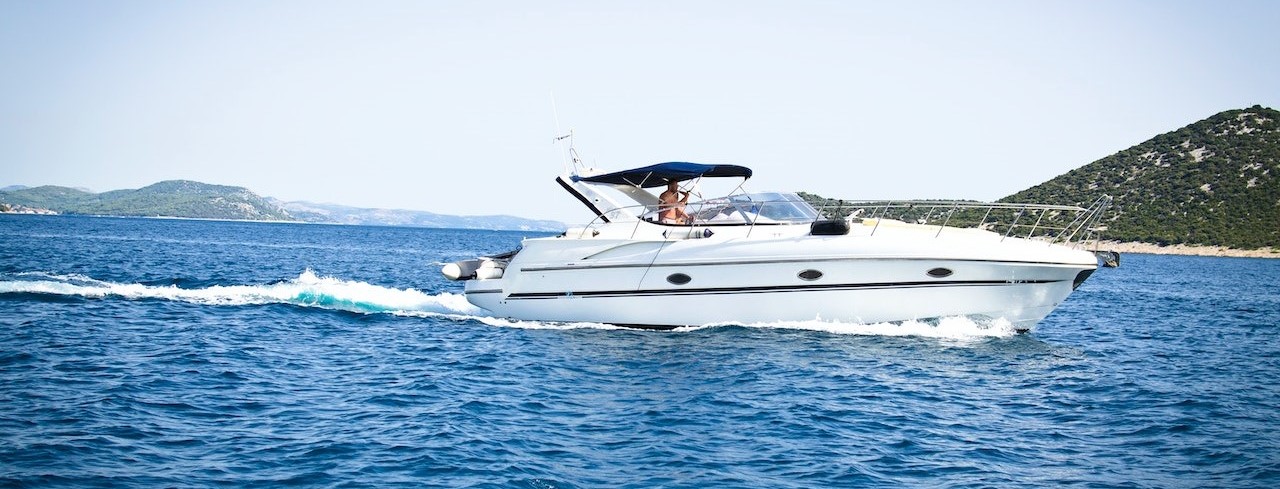How to Winterize Your Boat

Photo by Patrik Kovar under Unsplash License
How to Winterize Your Boat: A Step-by-Step Guide on How to Protect Your Vessel from Extreme Weather
Frosty winter days will soon be here. Boat owners know too well that their precious watercraft wouldn’t survive the extreme weather if left “un-winterized.” Like bears and bats, boats also need to rest and hibernate during the cold season.
Winterizing your boat not only protects it from the nasty elements. It also saves you hundreds or even thousands of bucks in damage repairs. You wouldn’t want to hurt your wallet just because you’re too busy to winterize your watercraft now, would you? Keep in mind that your boat is a huge investment, so take time to gear it up for winter.
Before you follow our boat winterizing checklist, make sure that you consult the owner’s manual of both your boat and its motor. The manual will provide you handy winterization tips from the manufacturer. If you’re a new boat owner, we suggest you ask for assistance from a professional first.
Let’s Get Started
Are you ready to safeguard your boat? Follow these steps:
- Flush the engine with water.
Use fresh water to flush contaminants out of your engine. If your boat has older outboard motors, attach a pair of boat engine “earmuffs” to your engine’s water intakes. Next, turn on the water and allow the engine to run neutrally until water runs out.
For vessels with newer outboard motors, you can directly connect the hose to your engine. You can then allow the water to run for 10 minutes.
- Fill the gas tank with fuel.
Make sure you fill the tank with about 95% of its fuel capacity. Since unstabilized fuel can clog up your engine supply lines, you need to add stabilizer (most manufacturers recommend PRI-G, Pennzoil Fuel Stabilizer, or Stabil) to your boat’s fuel. Then, run the engine for 10 to 20 minutes so that the stabilized fuel is distributed throughout the engine.
To determine the appropriate amount of stabilizer you should add, check the instructions on the stabilizer packaging.
- Fog the cylinders in the gasoline engine.
Hook a garden hose and “earmuffs” into the engine and run it. Spray the fogging solution directly into the air intake while the engine’s still running. Continue spraying until the engine finally dies.
If you see white smoke coming out of your engine during the process, it’s totally normal. Failing to fog your engine cylinders can lead to corrosion inside the engine.
- Use antifreeze to flush the engine block.
There’s a good chance that water freezing in your vessel’s engine block would lead to damage, which is why you must flush it with antifreeze. Be sure to use the highest concentration, usually -100.
Prepare a bucket or 5 gallons of antifreeze. Attach the end of your water intake hose from the seacock into the bucket. Run the engine and let the antifreeze circulate until you notice it exiting the exhaust.
- Change the oil.
Changing the oil is crucial in avoiding corrosion and moisture. Too much moisture can lead to poor fuel economy, power loss, and possibly engine failure.
To drain the old oil, remove the sump plug and let the oil flow into a drainage pan lined with a garbage container. Alternatively, you can use a hand-pumped or electric oil extractor to pump the oil out.
- Drain the gear case lubricant.
See to it that your engine is already hot when you drain your lubricant. This allows the lubricant to flow more quickly. If you notice cloudy or lumpy oil, you need to have the case replaced.
There you have it! After everything’s over and done with, make sure that you clean your watercraft, remove all food leftovers, and store it with a protective covering. Winterize away!
Make a Boat Donation to Support Breast Cancer Patients

Photo by Lukas under Pexels License
Do you have an old boat that’s been bringing you more harm than pleasure? Don’t you have time to look for potential buyers? Here’s a great idea: Hand it over to us at Breast Cancer Car Donations.
By donating your idle boat to us, you‘ll be helping save the lives of individuals afflicted with breast cancer. We’ll auction off your donated vessel and use the proceeds to fund our nonprofit partners. These nonprofits provide assistance to all Americans needing breast health services such as breast cancer screening, diagnosis, and treatment.
We’re not just limited to boat donations. You can also donate other types of vehicles such as cars, motorcycles, campers, golf carts, jet skis, trucks, trailers – you name it.
If you’re eager to learn more about Breast Cancer Car Donations, our fast, easy, and convenient donation process, the top tax deductions and other rewards you’ll get for your charitable contribution, and other related matters, check out our FAQs page. If you have questions, you may call us at our toll-free 24/7 hotline 866-540-5069 or send us a message online.
You can make your car donation by filling out our online donation form. We accept vehicle donations anywhere in the United States since we have car donation programs in all 50 states.
Ready to Make a Difference?
Imagine how many lives can change when you donate to us a boat or any motor vehicle that you no longer need. Call us at 866-540-5069 and make your vehicle donation now!
Last Updated: March 9th, 2023
